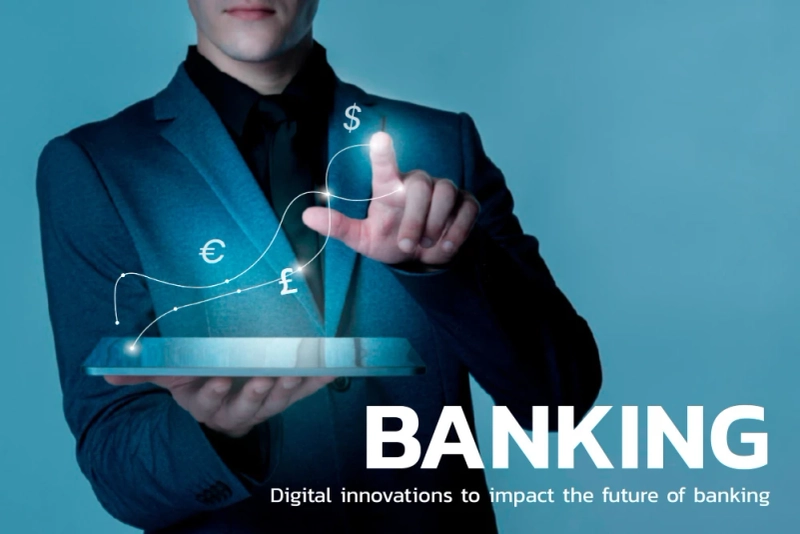In the ever-evolving landscape of the banking industry, technology plays a pivotal role in shaping customer experiences, enhancing operational efficiency, and ensuring regulatory compliance. With the rise of digital banking and the increasing demand for personalized financial services, banks are embracing innovative IT solutions to stay competitive and meet the evolving needs of their customers. In this blog, we'll explore the transformative power of banking IT services and solutions in driving growth, improving security, and delivering exceptional customer value.
1. Digital Transformation: Digital transformation has revolutionized the banking sector, empowering customers to access financial services anytime, anywhere. Banking IT services enable institutions to modernize their infrastructure, migrate to cloud-based platforms, and leverage emerging technologies such as artificial intelligence (AI), machine learning (ML), and blockchain to streamline operations and create seamless omnichannel experiences for customers.
2. Enhanced Customer Experience: Today's consumers expect personalized, convenient, and secure banking experiences. IT solutions enable banks to deploy intuitive mobile banking apps, personalized financial management tools, and AI-powered chatbots to deliver real-time assistance and personalized recommendations. By harnessing data analytics and predictive modeling, banks can anticipate customer needs, tailor product offerings, and enhance customer engagement and loyalty.
3. Regulatory Compliance and Risk Management: Compliance with regulatory standards and risk management are paramount in the banking industry. IT services help banks navigate complex regulatory frameworks, automate compliance processes, and strengthen cybersecurity defenses against evolving threats such as data breaches, fraud, and cyberattacks. Robust risk management solutions enable banks to monitor transactions, detect suspicious activities, and ensure regulatory adherence while safeguarding customer data and maintaining trust and confidence.
4. Core Banking Solutions: Core banking solutions form the backbone of banking operations, enabling institutions to manage deposits, loans, payments, and transactions efficiently and securely. Modern core banking platforms offer scalability, flexibility, and interoperability, empowering banks to adapt to changing market dynamics, launch innovative products and services, and drive operational excellence while maintaining high levels of reliability and resilience.
5. Financial Inclusion and Access: IT solutions have the potential to promote financial inclusion and expand access to banking services for underserved communities and unbanked populations. Mobile banking, digital wallets, and microfinance solutions enable individuals and businesses to access financial services, make payments, and manage their finances conveniently and affordably, fostering economic empowerment and driving social impact.
Conclusion: In conclusion, banking IT services and solutions are catalysts for transformation, innovation, and growth in the banking industry. By embracing technology, banks can unlock new opportunities, drive operational efficiency, mitigate risks, and deliver superior customer experiences in an increasingly digital and interconnected world. As the financial landscape continues to evolve, investing in robust IT infrastructure, talent, and partnerships will be essential for banks to thrive and remain competitive in the digital era.


